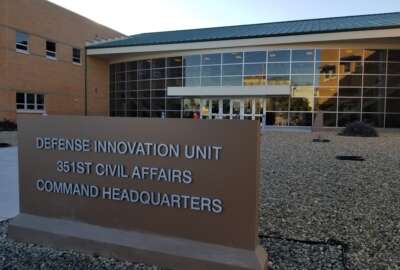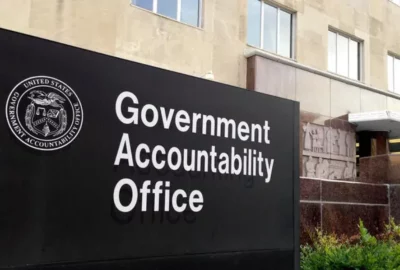By Michael O’Connell
Federal News Radio
Social media is no longer an afterthought. The National Archives and Records Administration is using social media tools to effectively engage with the public.
Pamela Wright, chief digital access strategist at the National Archives, spoke to Federal Drive with Tom Temin and Amy Morris on Tuesday about the specific trends in social media that will change the way federal agencies and contractors work, starting with the NARA’s own Citizen Archivist Dashboard.
“Initially, when we started with social media in 2009, we did little pilot projects,” Wright said. “I think there was a lot of fear of what could happen with social media. A lot of people weren’t experienced with it and didn’t know what would happen, so we tried these little social media pilots and they wound up being very successful.”
Wright and the National Archives staff took the lessons they learned from those pilot programs and developed new initiatives around social media platforms such as Facebook, Twitter and Flickr. This led to the development of the Citizen Archivist Dashboard, which enlists members of the public who are interested in working with the National Archives to tag records in its online catalog or transcribe handwritten documents so they’re easier to find online.
“What’s great about social media tools is that they help government to really interact with the public in such a way that government becomes of, by and for the people,” Wright said. “This is the first time that I’ve really felt that we have been able to work really directly with people online with a very low barrier to working with us.”
Social media is proving to be beneficial for NARA, which has 10 billion pages of text records that it needs to digitize and make available online. “The Citizen Archivist Dashboard is a call to work with us on the digitization and the description, the tagging, the transcription of those records for the public online,” Wright said.
To facilitate this objective, NARA even has a Wikipedian in residence, a part-time student who has worked on Wikipedia, the user-generated online encyclopedia. One of his jobs is to share the archive records with the Wikimedia Foundation and its online projects, Wikisource and Wikipedia.
“Already, 90,000 of the records that are in our catalog are available now via Wikipedia,” Wright said. “We’ve found that that’s an incredibly efficient and effective way to get our records out in front of the public.”
NARA’s facilities around the country receive about 3 million visits a year. On its main and Presidential Libraries websites, the archives receives about 33 million visits yearly. Via its social media content, the archives garners approximately 22 million visits a year, according to Wright. By comparison, Wikipedia receives about 12 million visits daily.
Wright explain when her 16-year-old daughter starts to research a project for her American history class, she uses Wikipedia rather than NARA’s website. Sharing records with the online encyclopedia enables NARA to reach a younger audience that may be more social media-savvy.
“By working with other platforms that get people attracted to them, especially Facebook and Wikipedia, we’re really able to extend our reach efficiently and leverage work that’s been done over the past years, putting it out there and making it valuable again for the American public,” Wright said.
Copyright
© 2024 Federal News Network. All rights reserved. This website is not intended for users located within the European Economic Area.




